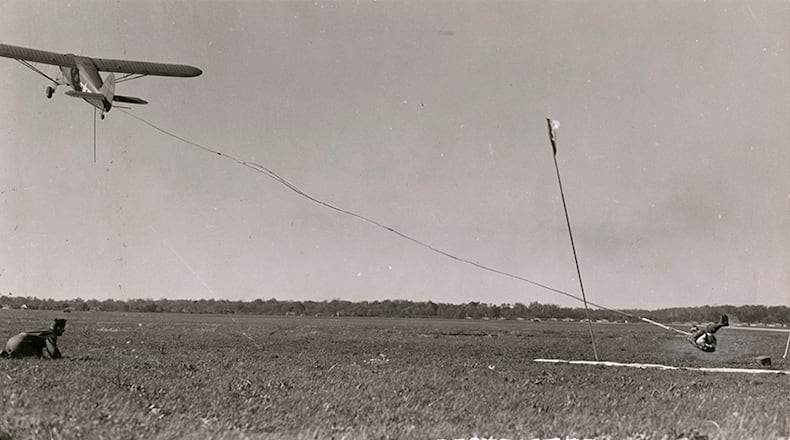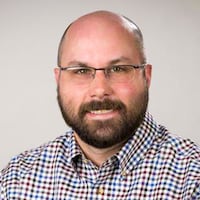1. The fields date back to the earliest days of flight. Wright-Patt's land includes Huffman Prairie, where Orville and Wilbur Wright continued work on their flying machine in the early 1900s. The brothers set up the Wright School of Aviation on Huffman Prairie to train America's earliest military pilots.
2. Three main institutions set the core for the base. In 1917, the Army set up three institutions in the Dayton area. They included:
» Wilbur Wright Field, formed from Huffman Prairie and other land, which began as an Army aviation school.
» Fairfield Aviation General Supply Depot, which sat on 40 acres next to Wilbur Wright Field.
» McCook Field, which became the home of the Army’s new aviation engineering division.
3. Wright Field was formed because the engineering division was getting too big. It outgrew McCook Field, so the new Wright Field became an expanded part of Wilbur Wright Field.
4. Patterson Field was named for a fallen pilot. Lt. Frank Stuart Patterson, who died in a plane crash in 1918 while testing a gun at Wilbur Wright Field, had his name attached to Patterson Field in 1931. Patterson Field was originally a piece of Wright Field, east of Huffman Dam.
5. Bringing Wright and Patterson fields together formed the current base. That happened in 1948, setting the base up as a key economic driver in the region, honoring the origins of flight by sitting on some of the most storied land in aviation’s history.
About the Author


